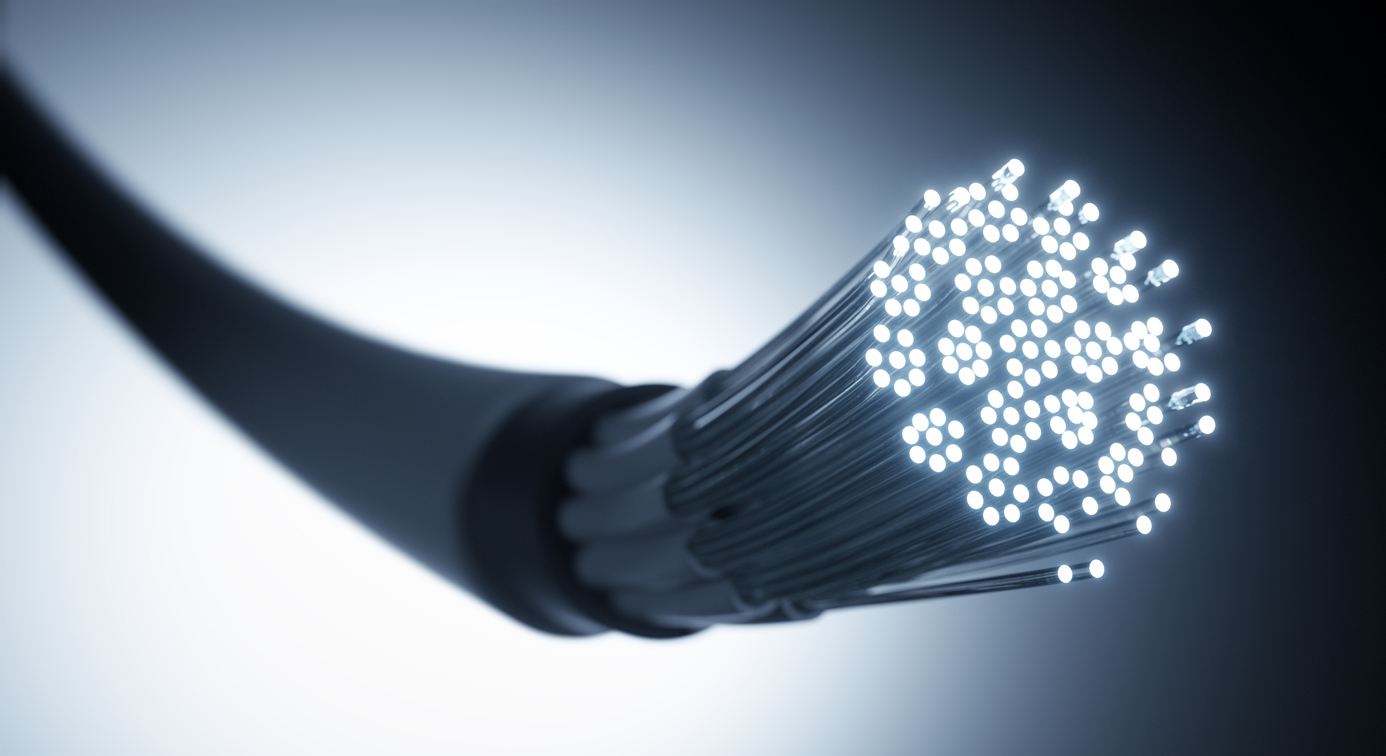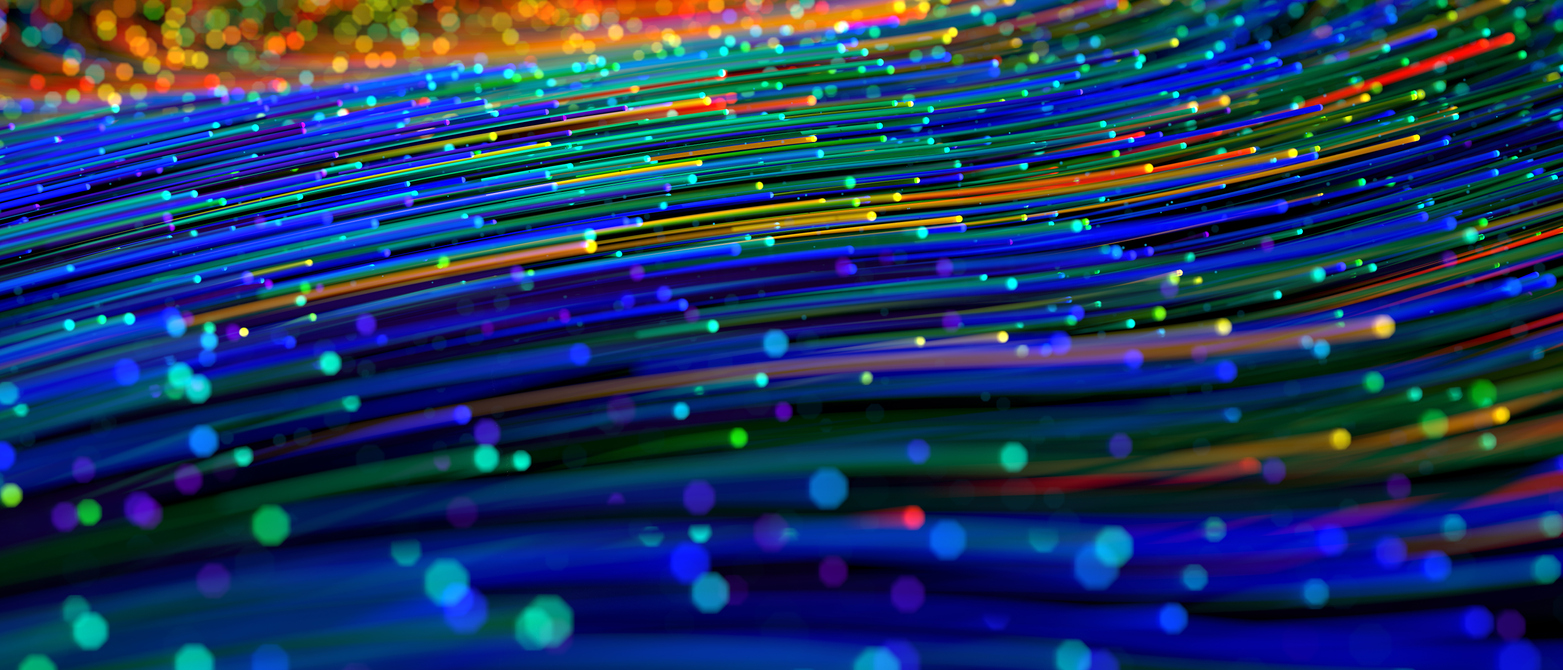
Fibre optic cables are an intricate part of our modern society. They, along with other data cabling, are largely responsible for what we now call the “Global Community.” But, like many wonders of the modern era, most people have very little idea about the complex engineering and construction of these communication devices. Join colzelectric.com today as we explain how this fascinating technology works.
What Are Fibre Optic Strands?
Let’s start with the most basic part of a fibre optic cable, which is the clear silicone strands that make up the core of the cable. Fibre optic strands are usually very thin, about the same width as human hair. These are the most important part of the cable as they allow the transmission of data through lightwaves, but more on that later.
What Makes a Fibre Optic Cable
First, let’s briefly cover what else you can expect to find in a fibre optic cable for data cabling. First, you’ll have a jacket that protects the fibre optic strands and also acts as a barrier to keep light from escaping. That’s pretty much it for things you can always expect to find, but there are also many specialized fibre optic cables.
Types of Fibre Optic Cables
Sometimes, fibre optic cables are designed for a specific use or as part of a larger system. When talking about a single fibre optic strand, the term mode is often used, which is important to know because multi-mode cables are commonly used. As you might expect, these cables include two or more strands that allow for greater volume and flexibility in transit.
Typically, multi-mode optical fibre is used for short distances, such as building networks. We get a little more into how light actually carries data below, but let’s just say it’s tricky. As a result, these cables suffer from modal dispersion and will become ineffective beyond a certain range.

How Data is Coded
Now that we understand what a fibre optic cable is and how it can be modified for different purposes, the next part of our data cabling adventure is to look at how light carries data over long distances. As you might expect, this is a topic with a fair amount of depth, so we will try to keep the explanation brief.
You’ve probably heard about morse code machines through old movies, museums or other media. These used a simple process and a unique code to send messages, which essentially involved turning the power on and off in a specified interval. Long or short pauses and presses became an entire alphabet used for everything from love letters to military orders.
It is only a slight oversimplification to say that fibre optic cables work in the same way. The data travelling through the cables are just flashes of light known as binary. This is the language behind all computer technology. However, we know that fibre-optic cables connect entire landmasses, so how do our memes, videos and blogs become just simple flashes of light?
Transceivers (transmitters and receivers) are the answer. These are placed on either side of the fibre optic cable and either send or receive the signals. Three technologies work in harmony to make a seamless transition for the data, which we explain below.
A critical piece of the equation, the converter converts digital information into analog signals(digital-to-analog converter) or vice versa (analog-to-digital converter). This is how our memes become on/off flashes of light.
Some cables span entire oceans, and others travel long distances across countries. As a result, boosting the electrical signal before sending it can help it reach its destination with minimal predistortion.
This device separates the light beams and also modulates the light to transmit specific information. Perhaps the most complex of the process, further reading will be very interesting if this article didn’t sufficiently wet your exploratory whistle.




